So, you’ve been toying with the idea of starting your own podcast? Trust me, you’re not alone. Podcasting has exploded in popularity, and it’s not just for the Joe Rogans and Oprah Winfreys of the world anymore. So, whether you’re a complete newbie or someone who’s been daydreaming about that podcast idea for a while, this post is for you.
I’m going to walk you through the entire process, from that lightbulb moment when you think, “Hey, I should start a podcast!” to the exhilarating second you hit “publish” on your first episode. By the end of this Podcasting 101 guide, you’ll have a clear roadmap to turn your podcasting dreams into reality!
Why Podcasting?
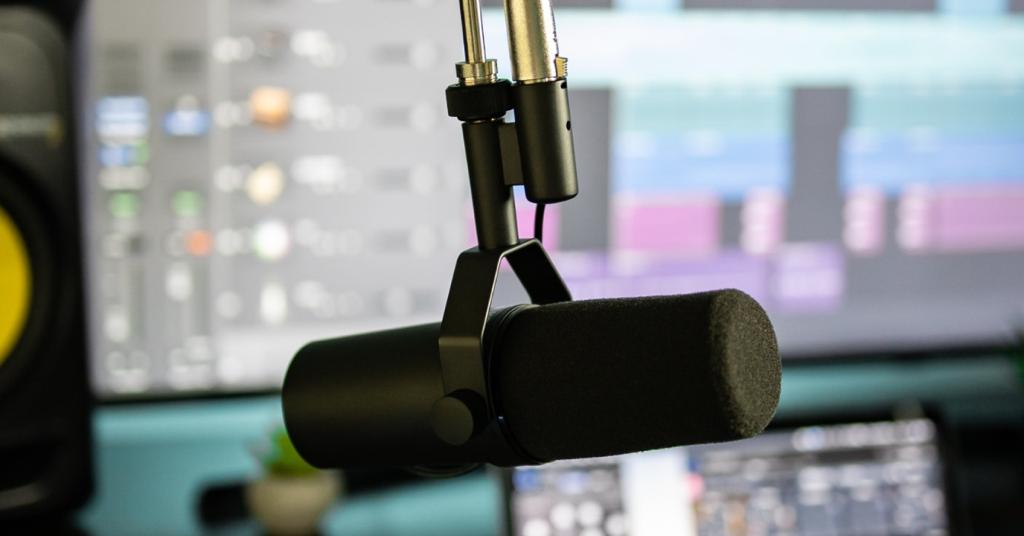
Why the buzz around podcasting? Well, for starters, it’s an incredibly versatile medium. You can listen to a podcast while you’re driving, working out, or even doing the dishes. It’s like having a radio show in your pocket, but way cooler because you get to pick what you listen to.
But let’s talk numbers for a sec. Did you know that as of 2021, there were over 2 million podcasts and more than 48 million episodes? Yeah, it’s a big deal. And the audience is growing too. In the U.S. alone, more than 100 million people listen to at least one podcast every month.
Here’s the kicker: Podcasting isn’t just for entertainment. It’s a fantastic way to build a personal brand, connect with an audience, and even monetise your content. Whether you’re an entrepreneur, a creative, or just someone with something to say, podcasting can be your platform.
And let’s not forget the creative freedom. You’re the boss here. Want to do a solo podcast? Go for it. Prefer interviews? Awesome. The sky’s the limit, and you get to set the rules.
Now let’s get into the nitty gritty!
Finding Your Niche
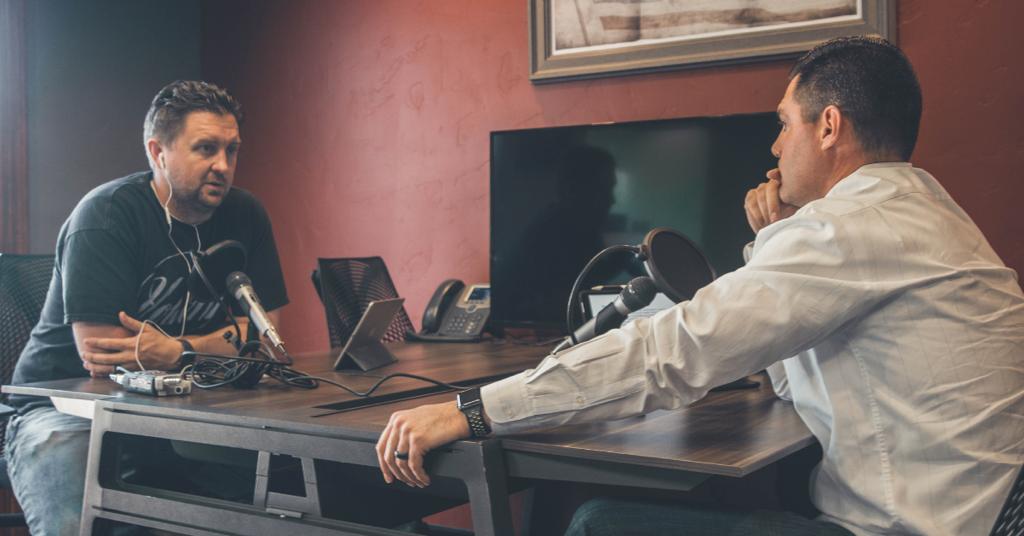
Alright, you’re sold on the idea of podcasting. But what on Earth are you going to talk about? Finding your niche is like finding your podcast’s North Star. It guides everything you do, from the topics you cover to the guests you invite.
You might be tempted to go broad and cover everything under the sun, but trust me, that’s a rookie mistake. A focused niche not only helps you stand out in a crowded market but also attracts a more dedicated audience. Imagine you’re super into gardening; would you rather listen to a podcast that covers all things lifestyle or one that dives deep into the art of composting and pruning? Exactly.
Here are some tips to help you find your niche:
- Passion First: Choose something you’re passionate about. You’re going to be spending a lot of time on this, so make sure it’s something you love.
- Check the Competition: Look at other podcasts in your area of interest. What are they missing? Can you bring a fresh perspective?
- Know Your Audience: Who are you talking to? Understanding your target audience can help you tailor your content to their interests and needs.
- Test the Waters: Before fully committing, maybe do a couple of test episodes or even polls on social media to gauge interest.
- Be Unique: What sets you apart? Maybe it’s your humour, your expertise, or your unique format. Embrace it!
Remember, your niche isn’t set in stone. As you grow and evolve, so can your podcast. But having a clear focus from the get-go will set you on the path to podcasting success.
Planning Your Content
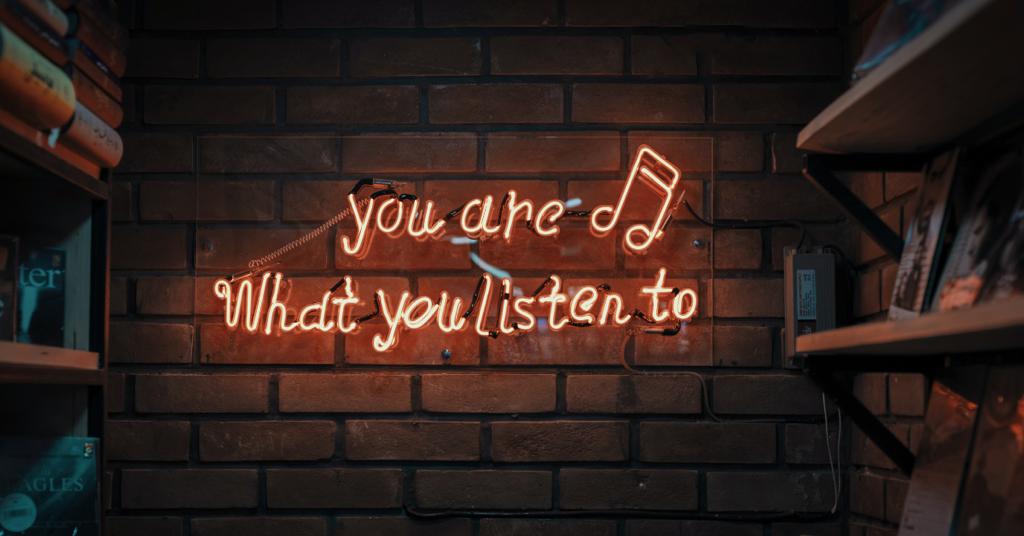
So you’ve found your niche, now comes the fun part: planning your content. You can’t just wing it. Well, you could, but let’s aim for something a bit more polished, shall we?
Why Plan?
First off, planning helps you stay consistent. And consistency is key in the podcasting world. Your audience will come to expect new episodes, and you don’t want to leave them hanging.
Content Calendar
One of the best tools in your podcasting arsenal is a content calendar. Map out topics and episodes for at least a month in advance. This gives you time to research, line up guests, and even batch record episodes if that’s your style.
Episode Structure
Think about the structure of each episode. Will you have an intro and outro? Are there segments or sections you want to include in every episode? Planning this out beforehand can make the recording process a breeze.
Engage with Your Audience
Don’t forget to involve your audience in your content planning. Polls, Q&A sessions, and listener suggestions can provide invaluable insights into what your audience wants to hear.
Keep It Flexible
While planning is crucial, don’t be afraid to deviate from the plan when necessary. Breaking news in your niche, trending topics, or even spontaneous bursts of inspiration can all make for great episodes.
Bonus Tip: Keep a Content Bank
Ever have a brilliant idea at the most random time? Keep a “content bank” where you jot down episode ideas, interesting facts, or potential guests. Trust me, future you will be grateful.
By putting in the time to plan your content, you’re setting yourself – and your podcast – up for success. So grab that planner (or app, if you’re tech-savvy) and start mapping out your podcasting journey!
Equipment and Software
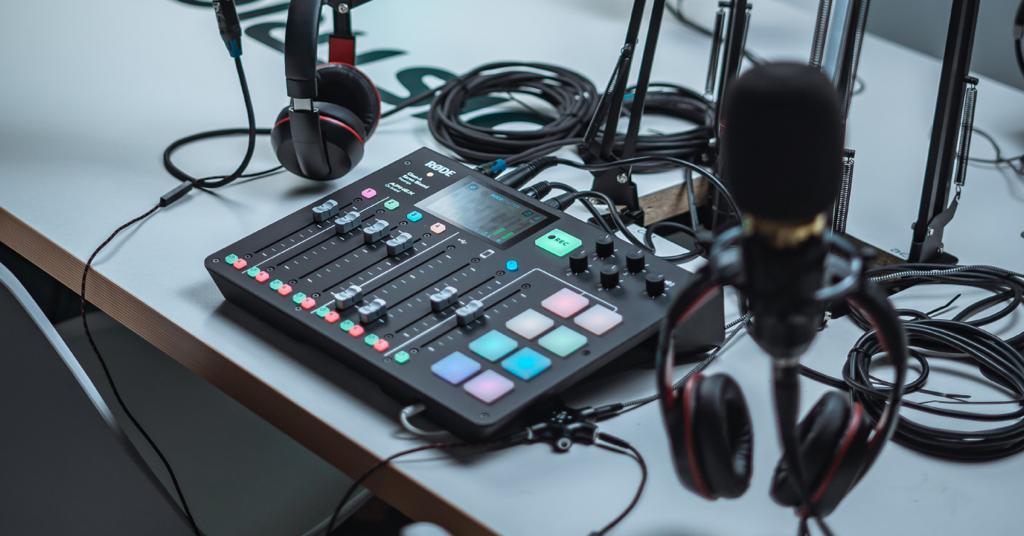
Okay, let’s talk gear and tech. Don’t worry, you don’t need to break the bank to start a podcast. But you do need some essentials to make sure you’re putting out quality content. Nobody wants to listen to a podcast that sounds like it was recorded on a potato, right?
Microphone
First and foremost, invest in a decent microphone. USB microphones are a great starting point; they’re affordable and super easy to use. If you’re looking to level up, XLR microphones offer better quality but require an audio interface.
Headphones
A good pair of headphones is a must. They help you monitor your audio and catch any issues during recording. Plus, they’re crucial for editing.
Audio Interface
If you’re using an XLR microphone or planning to record multiple people in the same room, you’ll need an audio interface. This little gadget helps you connect your mics to your computer and ensures top-notch sound quality.
Recording Software
There are plenty of options when it comes to recording software, both free and paid. Audacity is a popular free option, while Adobe Audition is a solid choice for those willing to invest a bit.
Editing Software
You can use the same software for both recording and editing, but some folks prefer specialized editing software. Again, Audacity and Adobe Audition are solid choices.
Hosting Platform
Once your podcast is ready to meet the world, you’ll need a podcast hosting platform. This is where your podcast files live and get distributed to directories like Apple Podcasts and Spotify. There are various options like Anchor, Podbean, and Libsyn, each with their own pros and cons.
Bonus: Portable Recorder
If you plan on doing interviews or recording outside of your usual setup, a portable recorder can be a lifesaver.
And there you have it! Your basic podcasting toolkit. As you get more comfortable and your podcast grows, you can always upgrade your equipment. But for now, these essentials will get you up and running without a hitch.
Recording Your First Episode
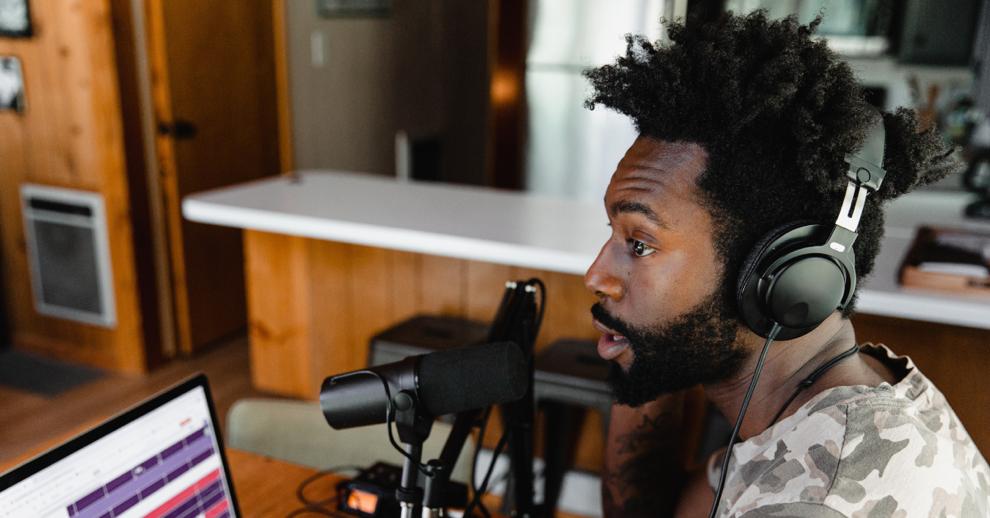
Alright, you’ve got your niche, your content is planned, and you’re all geared up—literally. It’s time to hit that record button and make some podcast magic! But before you do, let’s go over some tips to make sure your first episode is a hit.
Pre-Recording Checklist
- Script or Outline: Whether you’re a “wing it” or a “plan it” kind of person, having at least a rough outline can keep you on track and ensure you cover all your key points.
- Test Your Gear: Do a quick test recording to make sure your mic is working, and the audio levels are good. Trust me, you don’t want to record an entire episode only to find out something was off.
- Quiet Please: Find a quiet space to record. Background noise can be distracting for your listeners and a pain to edit out later.
During Recording
- Be Yourself: Authenticity shines in podcasting. Don’t try to put on a radio voice; just be you.
- Pacing: Don’t rush through your content. Speak clearly and at a comfortable pace. Remember, people are here to listen to you, not just the information you’re providing.
- Take Breaks: If you mess up or lose your train of thought, don’t stress. Take a pause, gather yourself, and then continue. You can always edit out the mistakes later.
Post-Recording
- Listen Back: Before you jump into editing, listen to your recording. Make notes on sections that need editing or re-recording.
- Save Your Work: This might sound obvious, but make sure to save your recording immediately. The last thing you want is to lose all that hard work.
- Celebrate: Hey, you just recorded your first podcast episode! That’s a big deal, so give yourself a pat on the back.
Recording your first episode can feel like a rollercoaster of emotions—excitement, nervousness, and ultimately, accomplishment. But remember, practice makes perfect. Each episode will get easier to record, and before you know it, you’ll be a podcasting pro.
Editing and Post-Production
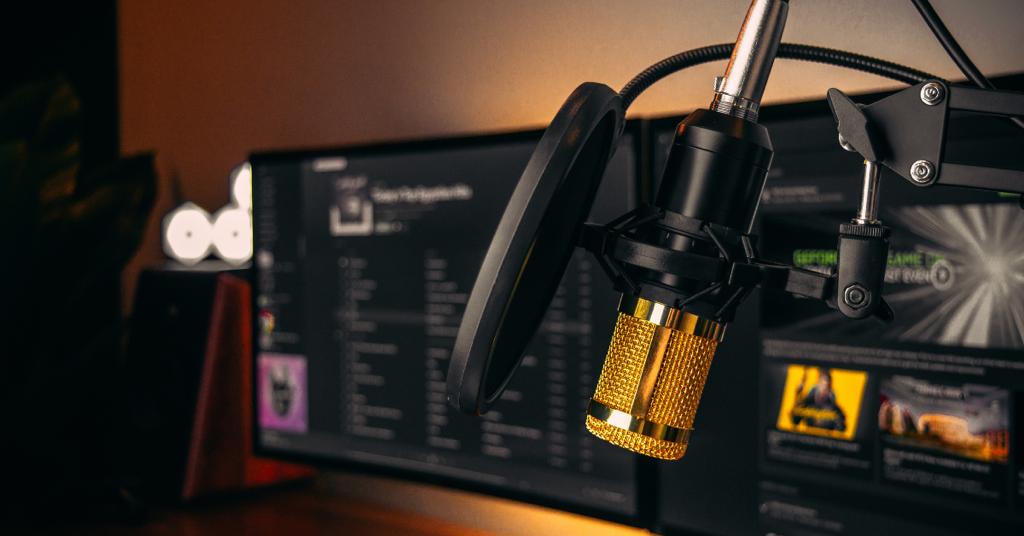
You’ve hit “stop” on your recording software, and you’re staring at a waveform that represents your first episode. Congrats! But hold the champagne, because now comes the part that can make or break your podcast: editing and post-production.
Why Edit?
Let’s be real, even the pros make mistakes, or umms and ahhs, or long awkward pauses. Editing is your chance to clean all that up and present a polished, professional-sounding episode to your audience.
Basic Editing Tips
- Cut the Fluff: Remove any unnecessary content, like long pauses, filler words, or off-topic rambles.
- Normalize Audio: This ensures that your entire episode has a consistent volume level. No one wants to keep adjusting their volume while listening.
- Add Music: An intro and outro tune can add a professional touch. Just make sure you have the rights to use the music.
- Sound Effects: Use these sparingly to emphasize points or add some fun, but don’t go overboard.
Software to the Rescue
You don’t need to be an audio engineer to edit a podcast. Software like Audacity offers basic editing tools that are easy for beginners to use. If you’re looking for more advanced features, Adobe Audition or GarageBand are excellent options.
Outsourcing
If editing just isn’t your jam, or you’re pressed for time, consider outsourcing. There are plenty of freelance editors and specialized services that can handle the editing for you.
Final Listen
Once you’re done editing, give the episode a final listen to catch any errors or glitches. It’s also a good idea to have someone else listen as well; a fresh pair of ears can catch things you might have missed.
Export and Backup
Finally, export your edited episode in a podcast-friendly format like MP3. And don’t forget to back it up. You never know when you’ll need to revisit the original file.
Editing might seem daunting, but it’s an essential skill that you’ll get better at with time. Plus, there’s something incredibly satisfying about turning your raw recording into a polished episode. So roll up those sleeves and dive into the post-production process!
Publishing Your Podcast
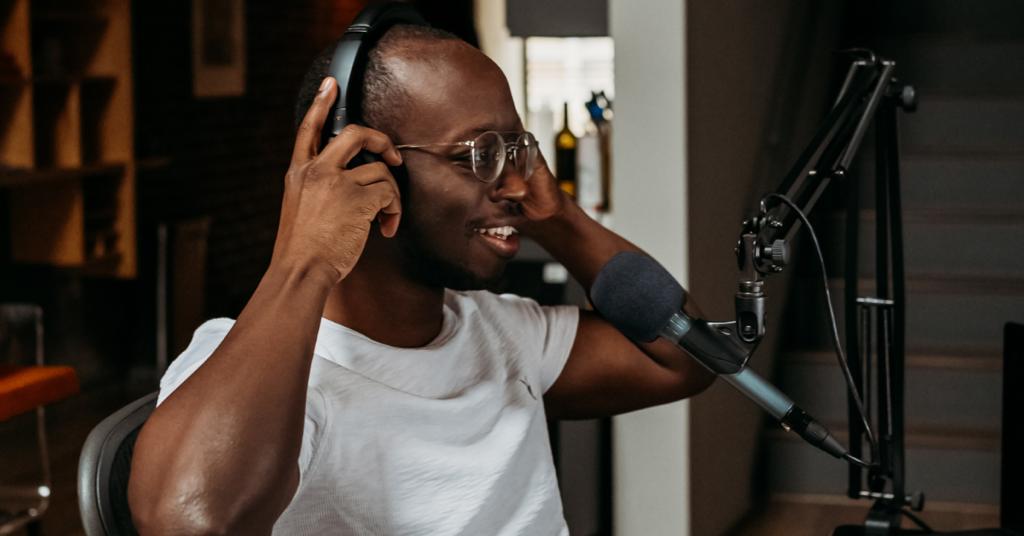
Alright, you’ve recorded, edited, and you’re ready to share your masterpiece with the world. But how do you actually get your podcast out there? Don’t worry, I’ve got you covered. Here’s your guide to publishing your first podcast episode.
Choose a Hosting Platform
Before your podcast can appear on platforms like Apple Podcasts or Spotify, you need a podcast host. This is essentially a storage space for your podcast files. There are several options to choose from, like Anchor, Podbean, and Libsyn. Each has its own set of features and pricing, so do your research and pick the one that fits your needs.
Submit to Directories
Once you’ve uploaded your episode to your hosting platform, you’ll need to submit your podcast to directories. This is a one-time setup for most platforms. Here’s a quick rundown of how to do it:
- Apple Podcasts: You’ll need an Apple ID and to go through their Podcasts Connect portal.
- Spotify: You can submit directly through Spotify for Podcasters.
- Google Podcasts: This one’s a bit different. Google will automatically index your podcast if it’s publicly accessible on the web.
- Other Directories: Don’t forget about smaller directories like Stitcher, TuneIn, and Pocket Casts.
RSS Feed
Your hosting platform will provide you with an RSS feed, which is basically a technical term for a file that keeps track of every episode you publish. You’ll submit this RSS feed to podcast directories, and they’ll use it to update your show whenever you publish a new episode.
Show Notes and Metadata
When you publish an episode, you’ll have the option to include show notes, tags, and other metadata. This is crucial for searchability and providing context to potential listeners. Spend some time crafting compelling show notes and choosing relevant tags.
Hit Publish!
Once everything is set up, all that’s left is to hit that “Publish” button. Your episode will be sent out to all the directories you’ve submitted to, and voila, you’re officially a podcaster!
Monitor and Update
After publishing, keep an eye on your analytics to see how your episode is performing. Most hosting platforms offer basic analytics like download numbers and listener locations.
Publishing might seem like the final step, but it’s really just the beginning of your podcasting journey. So go ahead, hit that publish button and let the world hear what you’ve got to say!
Promoting Your Podcast

You’ve hit “publish,” and your podcast is live—hooray! But wait, where are the listeners? If you build it, will they come? Not necessarily. That’s where promotion comes into play. You’ve got to get the word out and make some noise about your podcast. Here’s how:
Social Media
This one’s a no-brainer. Share your episodes on all your social media channels and encourage your friends and family to do the same. Use relevant hashtags like #Podcasting or #NewPodcast to reach a broader audience.
Networking
Reach out to other podcasters or influencers in your niche. You can guest on their shows or collaborate in other ways. This exposes your podcast to their audience, which can lead to more listeners for you.
Email Newsletter
If you’ve got an email list, use it! Send out an announcement about your new podcast and include a link to the latest episode in your regular newsletters.
Podcast Directories
We talked about the big ones like Apple Podcasts and Spotify, but there are plenty of smaller directories where you can list your podcast. The more places your podcast is available, the more likely people are to find it.
Local Media
Don’t underestimate the power of local media. A feature in a local newspaper or a segment on a local radio station can give your podcast a significant boost.
Online Communities
Join online forums, Reddit threads, or Facebook groups related to your niche. Participate in discussions and casually mention your podcast when it’s relevant. Just don’t spam; nobody likes a spammer.
Paid Advertising
If you’ve got some budget to spare, consider running ads on social media or other podcasts in your niche. Just make sure to target your ads to reach the right audience.
Listener Engagement
Encourage your listeners to rate and review your podcast. This not only provides valuable feedback but also boosts your podcast’s visibility in directories.
Promotion is an ongoing effort, so don’t get discouraged if you don’t see immediate results. It takes time to build an audience, but with consistent quality and smart promotion, you’ll get there. So go on, shout it from the rooftops: “I have a podcast, and it’s awesome!”
Conclusion
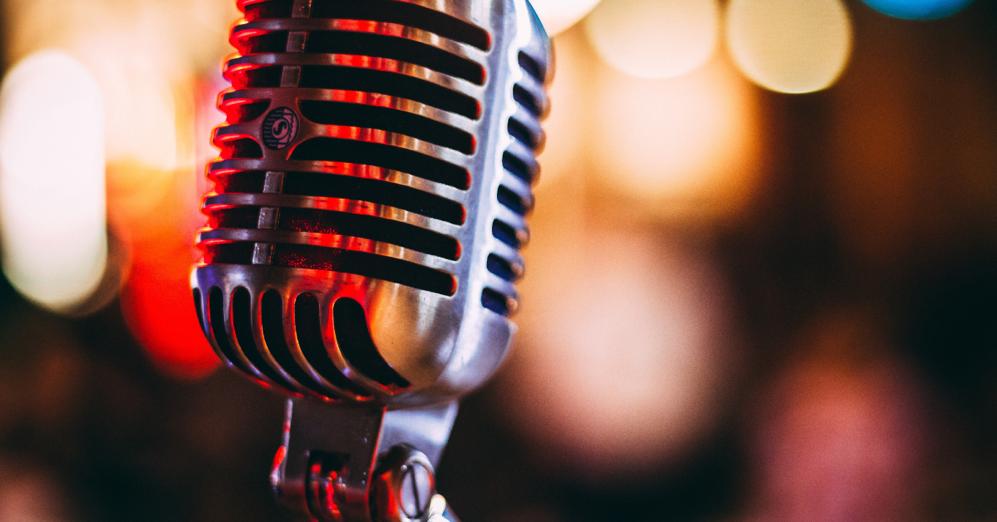
Phew, we’ve covered a lot, haven’t we? From finding your niche and planning your content to recording, editing, publishing, and promoting—starting a podcast is a journey, but oh, what a rewarding journey it can be!
You’re not just creating episodes; you’re creating a platform, a brand, and most importantly, a connection with an audience who wants to hear what you have to say. So don’t let those initial hurdles or uncertainties hold you back. You’ve got the tools and the know-how, and now it’s time to take action.
Remember, every famous podcaster started with a single episode. Yours is just waiting for that record button to be pressed, for that first edit to be made, and for that initial publish click. So what are you waiting for? Your podcasting adventure starts now!